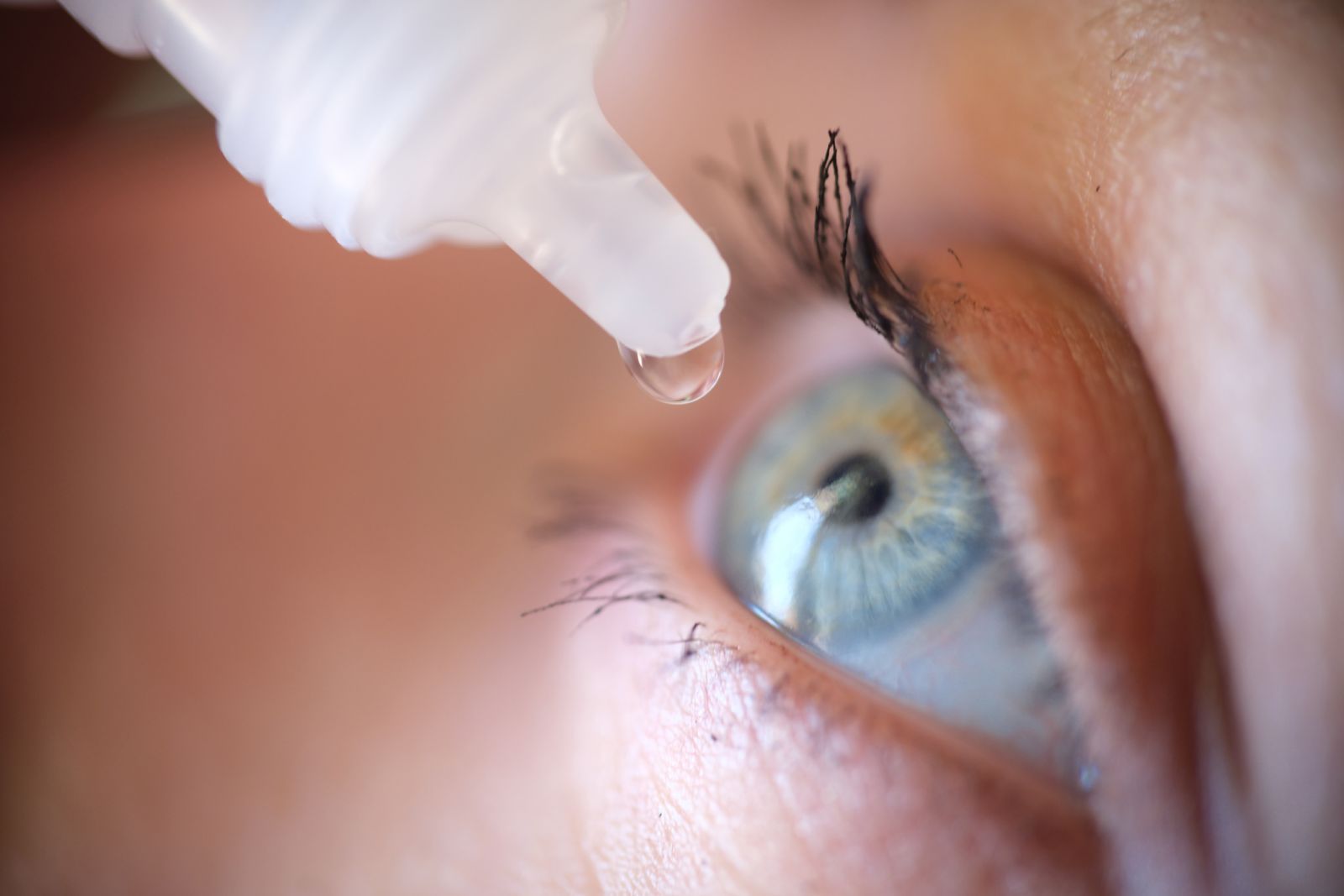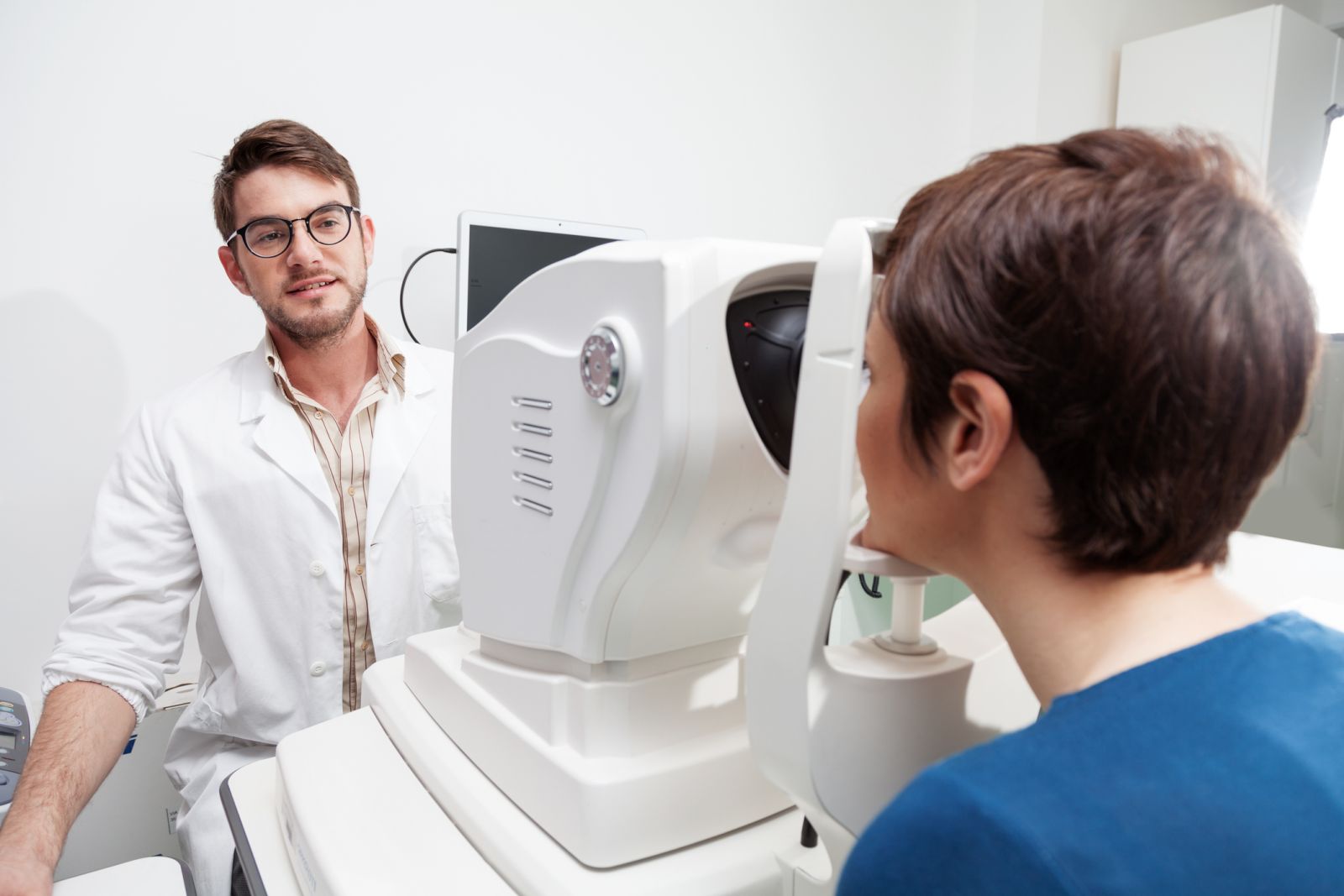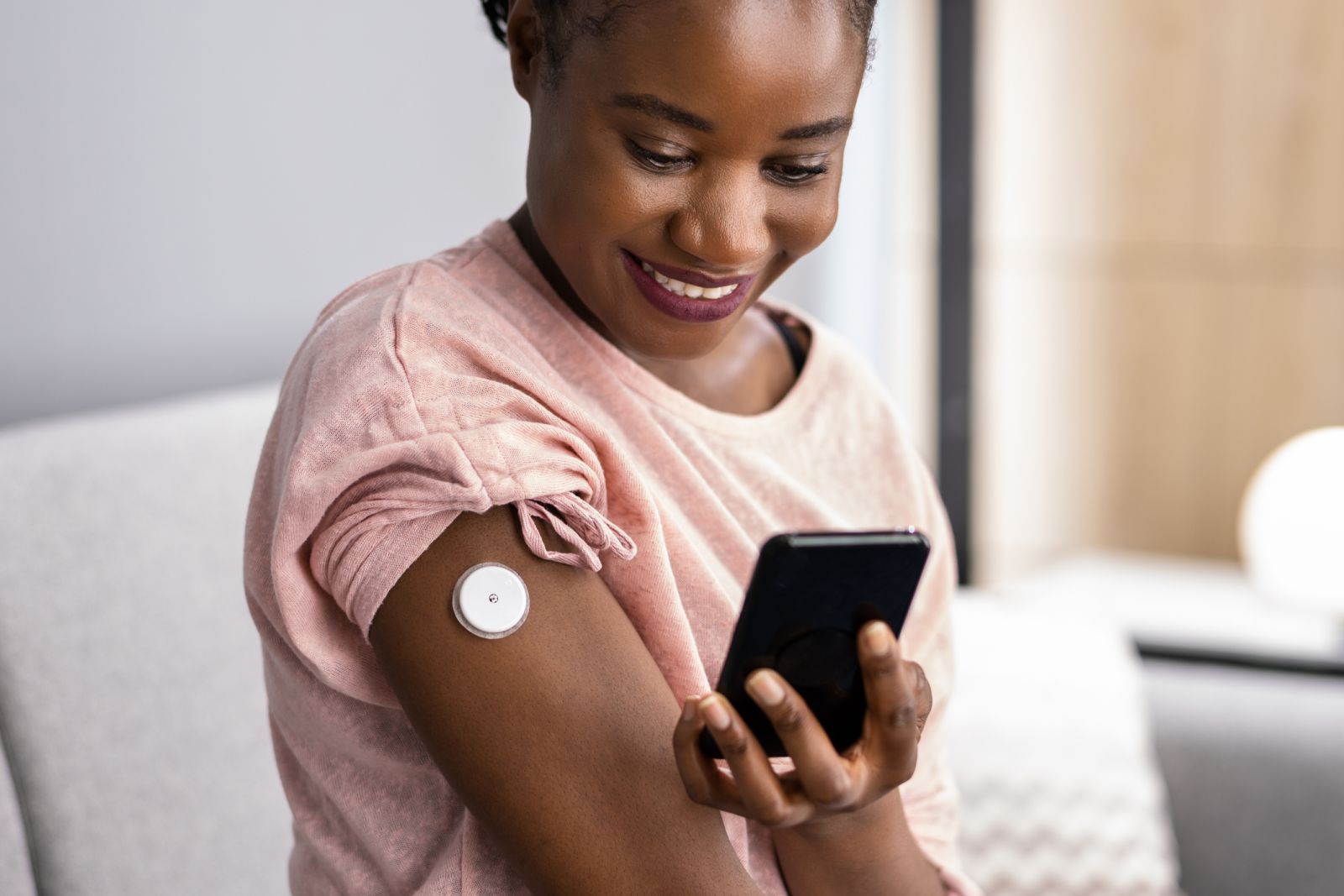Diabetic Macular Edema Treatment: What's the Future?
By April Hopcroft
 Diabetic macular edema (DME) is the leading cause of preventable blindness among adults with diabetes. Explore how more powerful anti-VEGF injections, eyedrops, and other drugs are being developed to simplify management of this condition.
Diabetic macular edema (DME) is the leading cause of preventable blindness among adults with diabetes. Explore how more powerful anti-VEGF injections, eyedrops, and other drugs are being developed to simplify management of this condition.
Diabetic macular edema (DME) is a common complication of diabetes and the top cause of vision impairment in people with diabetes. It often requires treatment in the form of regular injections. But researchers are hoping that new advancements that have begun to enter the market will help simplify management for people living with the condition.
DME is a severe complication of diabetic retinopathy. It occurs when years of high glucose levels damage the blood vessels in the retina, an area near the back of the eye. (The retina is a layer of cells within the eye that captures incoming light and sends the light via nerves as messages to the brain.) When fluid from damaged blood vessels leaks into the retina, it causes swelling (edema). In DME, the swelling affects the macula, the part of the retina involved in central vision, color vision, and the small details of what we see.
Current therapy options for treating DME
 In addition to managing high blood sugar levels, treatment options for DME currently include anti-VEGF injections, steroid implants or injections, NSAID eye drops, and laser therapy.
In addition to managing high blood sugar levels, treatment options for DME currently include anti-VEGF injections, steroid implants or injections, NSAID eye drops, and laser therapy.
Anti-vascular endothelial growth factor (VEGF) drugs such as Avastin, Lucentis, and Eylea are typically the first treatment given for DME. (Note that Avastin was FDA approved to treat different types of cancer and use in the eye is off-label). These injections may be given once a month for the first three to six months and less frequently fewer injections after that. Anti-VEGF injections prevent the growth of abnormal blood vessels in the eye, which stops the leakage of fluid that can cause vision problems.
Some insurance companies require patients to try biosimilars – similar versions of the original biologic medicine that have the same clinical effects – before trying the more expensive branded versions. Current biosimilars include the following: Byooviz (biosimilar to Lucentis), Cimerli (biosimilar to Lucentis), and Yesafili (biosimilar to Eylea, available only in Europe).

While newer anti-VEGF agents like Lucentis and Eylea are a lot more expensive than older drugs like Avastin, they aren’t necessarily a lot more effective, according to Dr. Connie Chen, a vitreoretinal surgeon at Virginia Mason Medical Center in Seattle. Lucentis and Eylea provide slightly longer-lasting relief from DME compared to Avastin, though it’s not a huge difference in overall effectiveness, Chen said.
Steroids (such as Ozurdex and Iluvien) are another common treatment that work by reducing inflammation. Dr. Garvin Davis, a vitreoretinal surgeon at Houston Methodist Eye Associates, said he uses steroids in about half of his patients with DME. Steroids can be a good option for people who dislike receiving injections since they last for multiple years.
Less frequent anti-VEGF injections are entering the market
 While anti-VEGF injections are very effective, they can also be a burden for patients. Receiving frequent eye injections can be costly, stressful, and involve many trips to the eye doctor. Several companies are developing anti-VEGF injections that require less frequent administration.
While anti-VEGF injections are very effective, they can also be a burden for patients. Receiving frequent eye injections can be costly, stressful, and involve many trips to the eye doctor. Several companies are developing anti-VEGF injections that require less frequent administration.
Vabysmo (faricimab), approved in February 2022, is the first drug to target two disease pathways that cause DME, rather than just a single pathway. Vabysmo injections are given every 4 weeks for the first 4-6 doses, and can then be given in up to 16-week intervals.
In a recent clinical trial, a high dose version of Eylea (aflibercept 8 mg) led to similar visual acuity – a measure of the sharpness of your vision at a distance – compared to already approved Eylea (aflibercept 2 mg). Eylea is given every 8 weeks, while high dose Eylea was given every 12 or 16 weeks. The high-dose version of Eylea, called Eylea HD, was approved in August 2023.
These newer medications, with their longer duration of action, are “really exciting,” Chen said. “The hope is that there will be patients who don't have to come into the eye doctor as often.”
This could be especially helpful for people in rural areas and those who live far away from eye specialists. Chen’s clinic, located east of Seattle, serves many farm workers from central Washington who drive over two hours for specialty eye care. With less frequent injections, patients would not have to make the long drive as frequently and therefore need to take less time off work.
“It's a game changer to have therapies that work longer, because patients travel far to see me, such as my patients that come from the farm worker's clinics and my patients from Alaska,” Chen said. “Depending on the season, they may be able to get into the clinic more easily in the summer versus the stormy winter season. Now the biggest challenge is making sure these long acting therapies are affordable and accessible to all of my patients.”
In the future, Chen said less frequent injections could be paired with home monitoring to further reduce the burden of managing DME. For instance, home Optical Coherence Tomography (OCT) – a noninvasive technique that takes pictures of the back of your eye – might someday take the place of in-office visits to monitor DME progression.
Beyond injections: Noninvasive treatments for DME
Several companies are developing non-invasive treatment options for DME. One approach involves using eyedrops to deliver medication in a non-invasive way. A recent clinical trial found significant improvements in visual acuity in people receiving Oculis’ eye drops (called OCS-01). This new treatment was well tolerated with no unexpected side effects and is now being studied in a global trial.
Vantage Biosciences is also developing an oral drug for diabetic retinopathy and DME. This drug, VX-01, aims to block AOC-3, a protein that is involved in the inflammatory response in DME. In contrast to anti-VEGF injections, VX-01 targets the underlying inflammatory causes of eye disease. A mid-stage clinical trial is expected to begin in 2024.
Potential hurdles for noninvasive DME treatments
While these non-invasive medications could eliminate the need for eye injections, they bring their own challenges. For example, consistent use of eyedrops can be difficult over extended periods of time.
Individual skill level in delivering eye drops also varies from person to person, Chen said, making it harder for healthcare providers to know if drops have been given correctly. For oral drugs like VX-01, there is also potential for systemic side effects that impact different parts of the body.
Looking to the future, Davis said he is most excited by the potential of gene therapies for diabetes-related eye disease. These medications consist of a one-time injection of a viral vector, a tool used to deliver genetic material to cells, which stimulates the eye to produce its own anti-VEGF.
Even with newer medications, prevention should always come first
 Some of the earliest clinical trials for diabetes demonstrated that keeping blood sugars within current targets is key to preventing and delaying complications, including diabetic retinopathy, cardiovascular disease, and kidney disease.
Some of the earliest clinical trials for diabetes demonstrated that keeping blood sugars within current targets is key to preventing and delaying complications, including diabetic retinopathy, cardiovascular disease, and kidney disease.
In the Diabetes Control and Complications Trial (DCCT), better blood glucose control led to significant reductions in diabetic retinopathy, kidney disease, and other complications. These findings remain true today, even with sophisticated drugs to treat diabetic retinopathy.
“No matter how good of a doctor I am and how hard I'm working to get their eyes better, at some point, diabetes will continue to accelerate, despite my best treatment, if they are still struggling with high blood sugars,” Chen said.
In addition to managing glycemic control, Davis said that managing high blood pressure is just as important. He also stressed the importance of a healthy lifestyle, such as eating a nutritious diet and getting regular physical activity, to preserve eye health and prevent future vision loss. “If we can control diabetes, and have better systemic control, then the eye will follow,” Davis said.
Ultimately, proactive screening and treatment is key to managing DME. When healthcare providers are able to identify diabetes-related eye disease early on, they treat the condition intensively and prevent the need for surgery and future vision loss.
The bottom line: Anti-VEGF injections are effective and newer options will decrease the frequency of treatment
Davis said that anti-VEGF injections are generally the most effective way to treat DME. He emphasized that the field has come a long way since the days of laser therapy, which destroyed the eye tissue in the process of treating DME. Anti-VEGF injections preserve eye tissue, which makes a big difference in treatment outcomes, according to Davis.
The prospect of receiving eye injections can be scary. Davis said he understands this fear and reassures his patients by explaining that eye injections are one of the most commonly performed outpatient procedures. When you come in for injections, your provider will numb your eye before doing the injections. It’s a quick procedure and has a relatively low risk of serious side effects.
Reflecting on the current and future state of DME care, Davis wants people with diabetes to know that research is ongoing to identify better treatment options.
“There are more and more cases of diabetes and more and more people needing anti-VEGF injections,” Davis said. “We’re constantly looking for ways to decrease the treatment burden and decrease the number of injections that we have to give.”
Learn more about eye disease and diabetes:
Photo credits: Virginia Mason Medical Center (Chen); Houston Methodist Eye Associates (Davis); iStock (all other photos).







